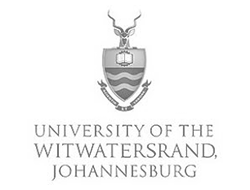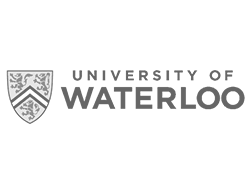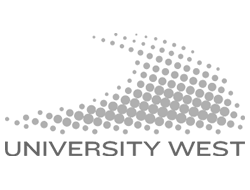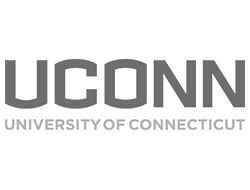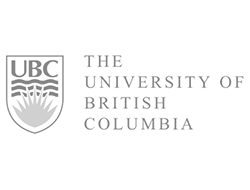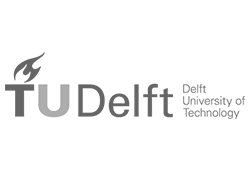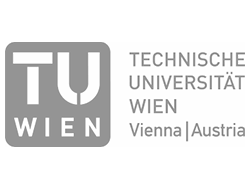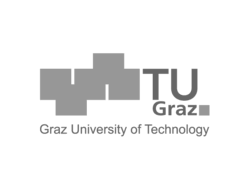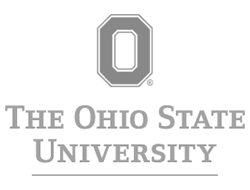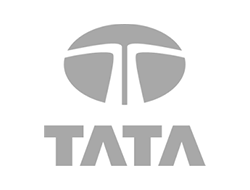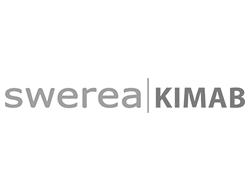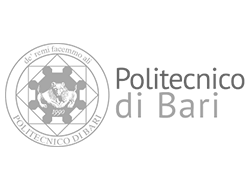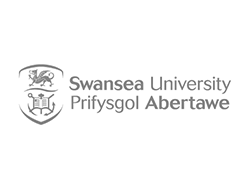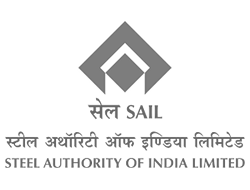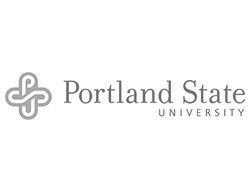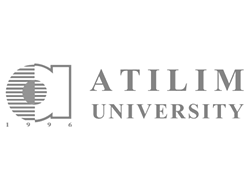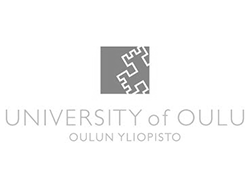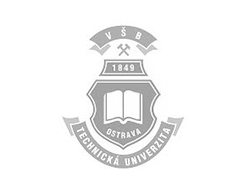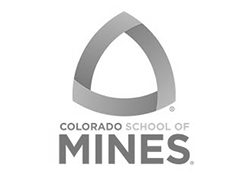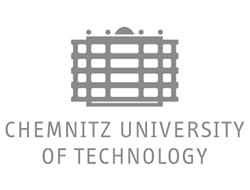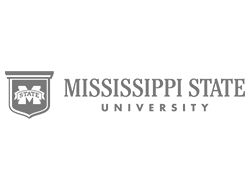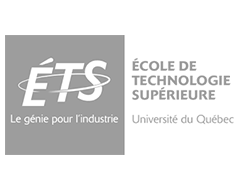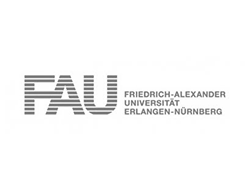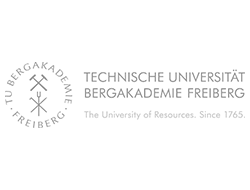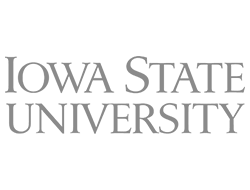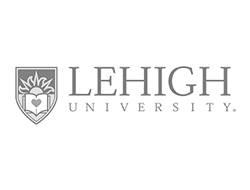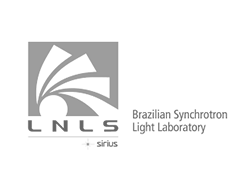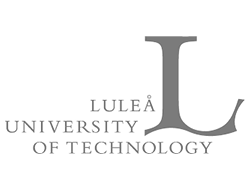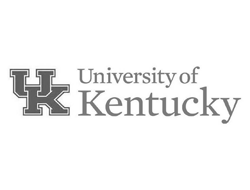Los Alamos National Laboratory
For the Process Metallurgy Group at Los Alamos National Laboratory in New Mexico, the Gleeble 1500/20 is a uniquely helpful tool for a wide variety of exotic materials research programs.
In cooperation with Martin Marietta Laboratories in Baltimore, Los Alamos staff member Dr. Brian Damkroger is developing processing maps for TiB2-reinforced gamma TiAl. This material is a candidate for airframe and engine applications for the NASP (National AeroSpace Plane). Dr. Damkroger and Manny Pacheco are examining the temperature/strain rate regions within which this material might be processed, probably through forging or rolling.
For this same material, the Los Alamos researchers are also simulating electron beam welding using the Gleeble. They are developing CCT curves and performing microstructural studies to see which microstructural aspects are related to melting and which are associated with solid-state transformations. A parallel study conducted by Scott Gibbs and Bob Aikin is directed toward characterizing the impression creep properties of simulated electron beam weldments.
"Only the Gleeble is fast enough to allow us to physically simulate the thermal profile of electron beam welding," Dr. Damkroger says. "In addition, it gives us good control of the atmosphere and temperature, and it allows us to develop a processing map with a small amount of material."
David Carter, another staff member at Los Alamos, is using the Gleeble to investigate the isothermal forging of another material, Tantalum or Niobium-reinforced MoSi2, a high-temperature, high-strength composite that may also be applied in jet engines and airframe components. In a vacuum, the researchers are establishing the ductility and strength of this material at likely processing conditions.
The Gleeble is also being used at Los Alamos to study the deformation of tungsten-uranium composites and to examine what improvements can be made to these materials through processing and alloying. In conjunction with Manufacturing Sciences Corp. in Oak Ridge, Tennessee, Dr. Damkroger, Paul Dunn, and Bill Baker are investigating the effect of heat treating on mechanical properties with an eye toward identifying strengthening mechanisms in a schedule of rolling and heat treating.
"The Gleeble is invaluable in this research," Dunn says, "because it can simulate rolling using small amounts of materials while monitoring a wide range of parameters."
He adds, The Gleeble also allows us to control and monitor the process very carefully. Because the Gleeble can measure stroke and load — and generate stress and strain curves — it can quickly tell us if the deformation is stable or unstable or if annealing is needed to produce stable deformation. As a result, the Gleeble can help us rapidly evaluate how we are doing without a lot of in-depth microstructural analysis."
A number of composites comprised of distinctly different materials — ultimately destined for unusual applications — are being tested with the Gleeble. Because the materials are such "strange bedfellows," extra care must be taken to match the coefficient of expansion of the materials so that they do not pull apart at the interface when subjected to heating. The Gleeble is being used for extensive dilatometry and to measure strength and ductility vs. temperature.
One unusual application of the Gleeble at Los Alamos is for high-temperature testing of carbon/carbon composites. Because of their high strength and ability to withstand high temperatures, these materials are being used as a housing for the radioactive power sources that are used on spacecraft such as Galileo, the probe to Jupiter.
The carbon/carbon composite housing is designed to protect the power source and keep it intact in the event of an accidental re-entry into earth's atmosphere. Therefore, a key question is: What is the strength of these composites during the 3,000°C temperatures of an accidental re-entry?
"At our request, Dynamic Systems designed and fabricated modifications that allow the Gleeble to supply the additional voltage needed to heat carbon/carbon materials to temperatures in excess of 3,000°C," Dr. Damkroger says. "Colleagues here at Los Alamos devised and installed a special external pyrometer to make the temperature measurements. When the experiment was running, the heat and the glow were terrific — we had created the world's biggest light bulb!"
Dr. Damkroger concludes, "A good deal of our work simply would be very difficult, if not impossible, without the dynamic thermal and mechanical test capabilities of the Gleeble."
This article first appeared in the Gleeble® Newsletter — Fall 1990.




